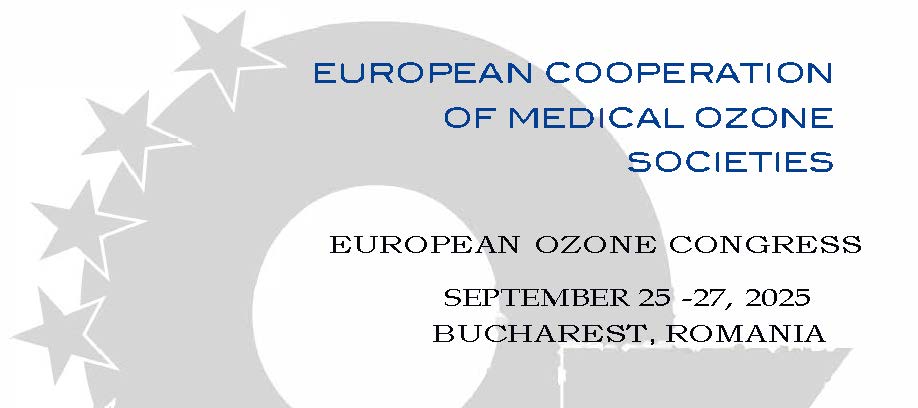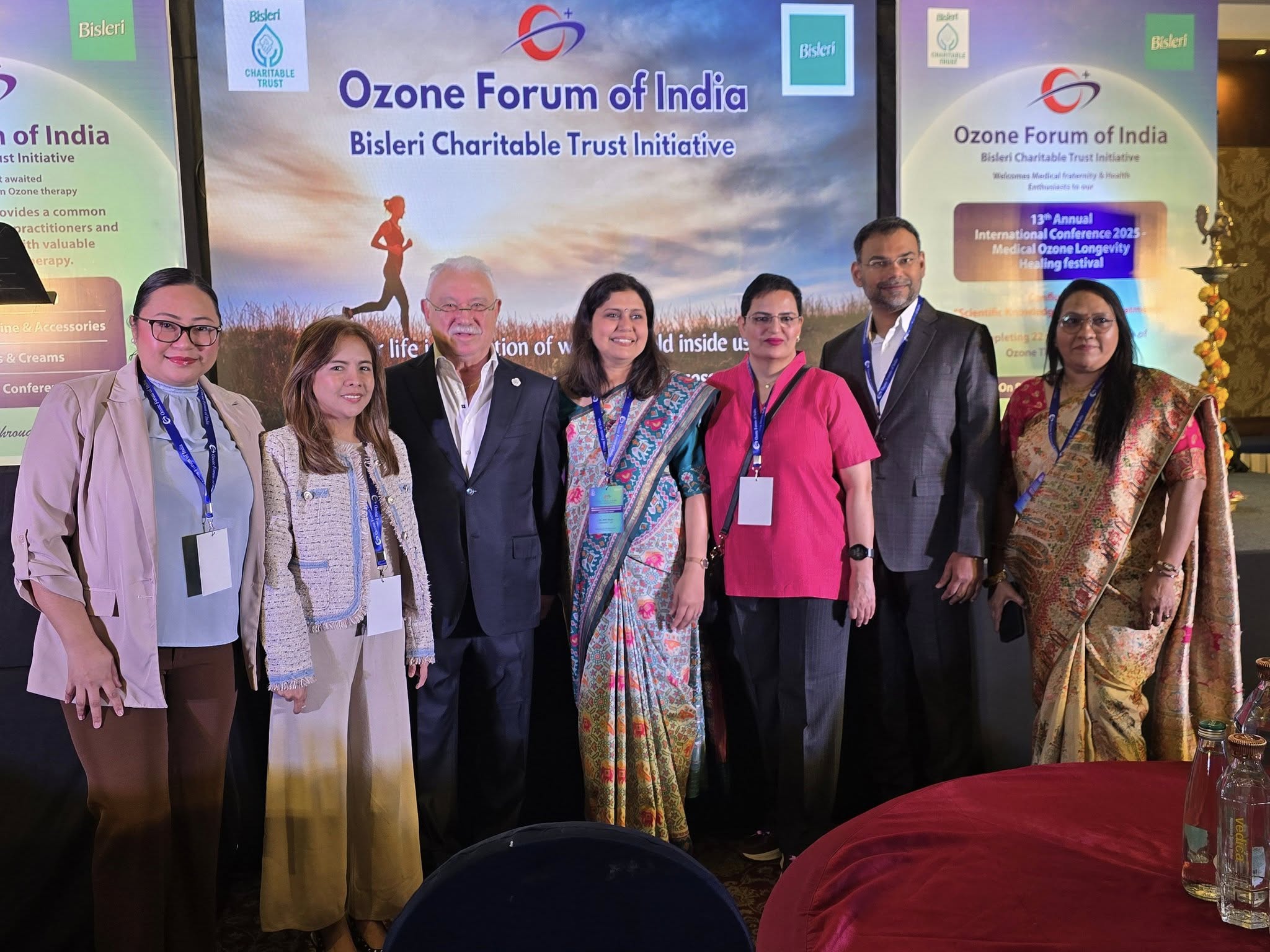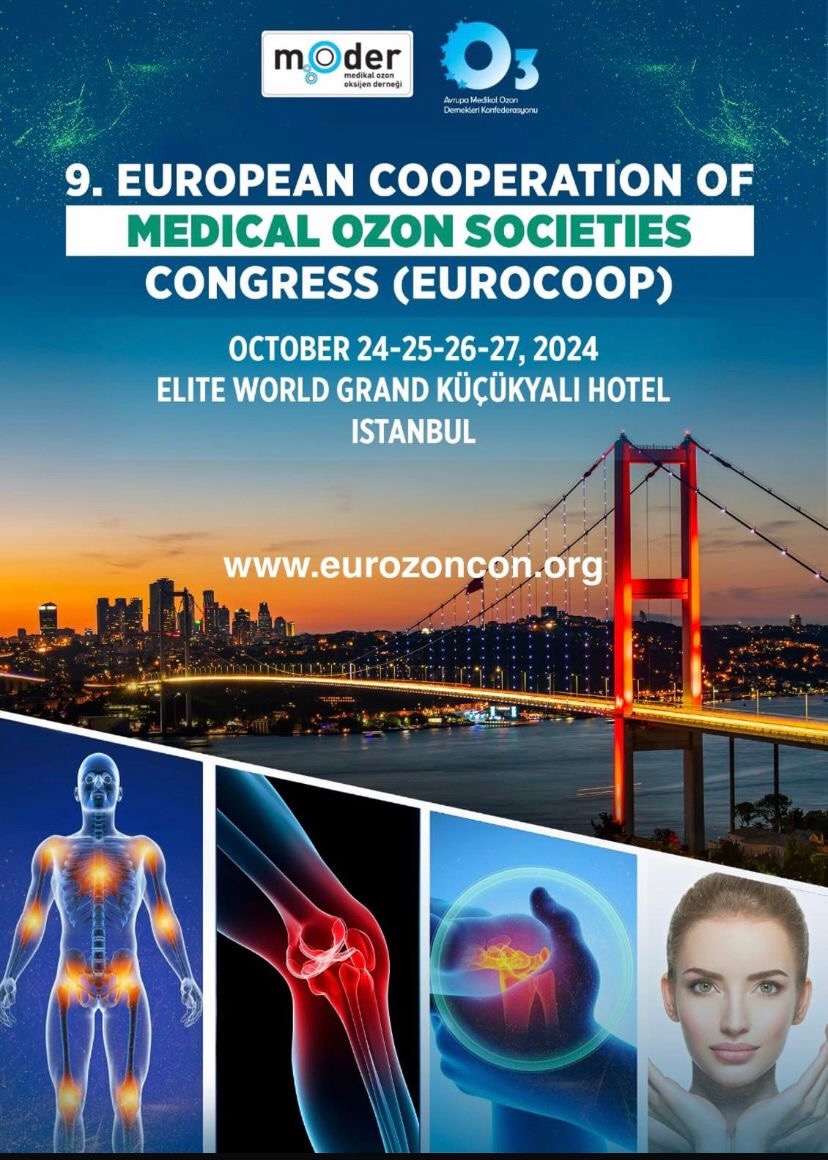2019’S NOBEL PRIZE WORK: A SURPRISING ADAPTIVE MACHINERY ACTIVATED BY LOW OXYGEN THROUGHOUT GENES MODULATION.
They identified the molecular mechanism that regulates the activity of genes in response to varying levels of oxygen.
A similar machinery that adapt cells inducing genes activation in response to oxidative stress and Ozone show parallel cellular mechanism.
According to the awarded’s work, when oxygen levels are normal, cells contain very little HIF-1α, a transcription factor that joins onto DNA to activate the synthesis of proteins that regulate the oxygen levels in the body. On the contrary, when oxygen levels are low, the amount of HIF-1α increases so that it can bind to and thus regulate the EPO gene as well as other genes with HIF-binding DNA segments (Figure 1).
Several research groups showed that HIF-1α, which is normally rapidly degraded, is protected from degradation in hypoxia. At normal oxygen levels, a cellular machine called the proteasome, recognized by the 2004 Nobel Prize in Chemistry to Aaron Ciechanover, Avram Hershko and Irwin Rose, degrades HIF-1α. Under such conditions a small peptide, ubiquitin, is added to the HIF-1α protein. Ubiquitin functions as a tag for proteins destined for degradation in the proteasome.

In the last years it is emerging the importance of another intracellular and ubiquitous protein that, differently from H1F, regulates the expression of antioxidant proteins that protect against oxidative damage triggered by injury and inflammation, the Nrf2 machinery (Figure 2). In normal condition and when the oxidative status of the cell is normal the Nrf2 is maintained at low level and, as occurs for HIF-1 α, it is marked with ubiquitin for
proteasome degradation. On the other hand, in case of mild oxidative stress, like that induced by adequate Ozone doses, the levels of Nrf2 increase and following the binding DNA segments it promotes the synthesis of proteins that induce a regulation of the redox status and not only: another surprising adaptive condition in order to maintain our cells health and protected either from hypoxia or from oxidative stress.

We can conclude that the importance of oxygen metabolism is fundamental for life on earth. For the above reason we are not surprised that our cells, during evolution, have equipped themselves with sophisticated machineries in the aim to maintain constant the vital functions even in extreme situations.
The discoveries of these metabolic pathways, such as the one that was worth the Nobel Prize to the 3 colleagues Kaelin, Ratcliffe and Semenza, are becoming clearer.
Cellular defense mechanisms linked to oxygen and oxidative stress are crucial for the live on the Earth.
The perfect machineries that defend the cell in extreme conditions.
The healing power of the human body, a perfect machine!!








